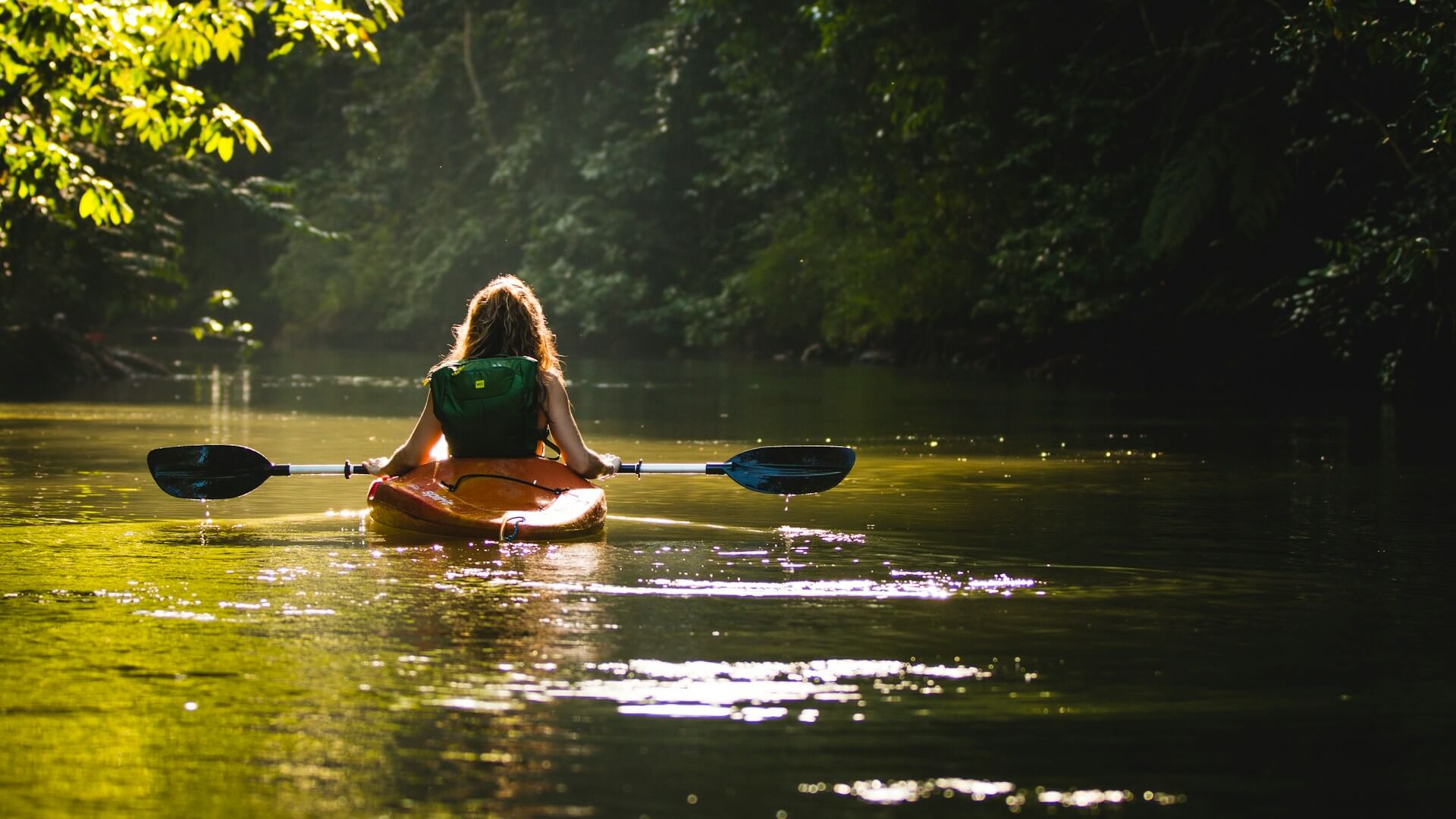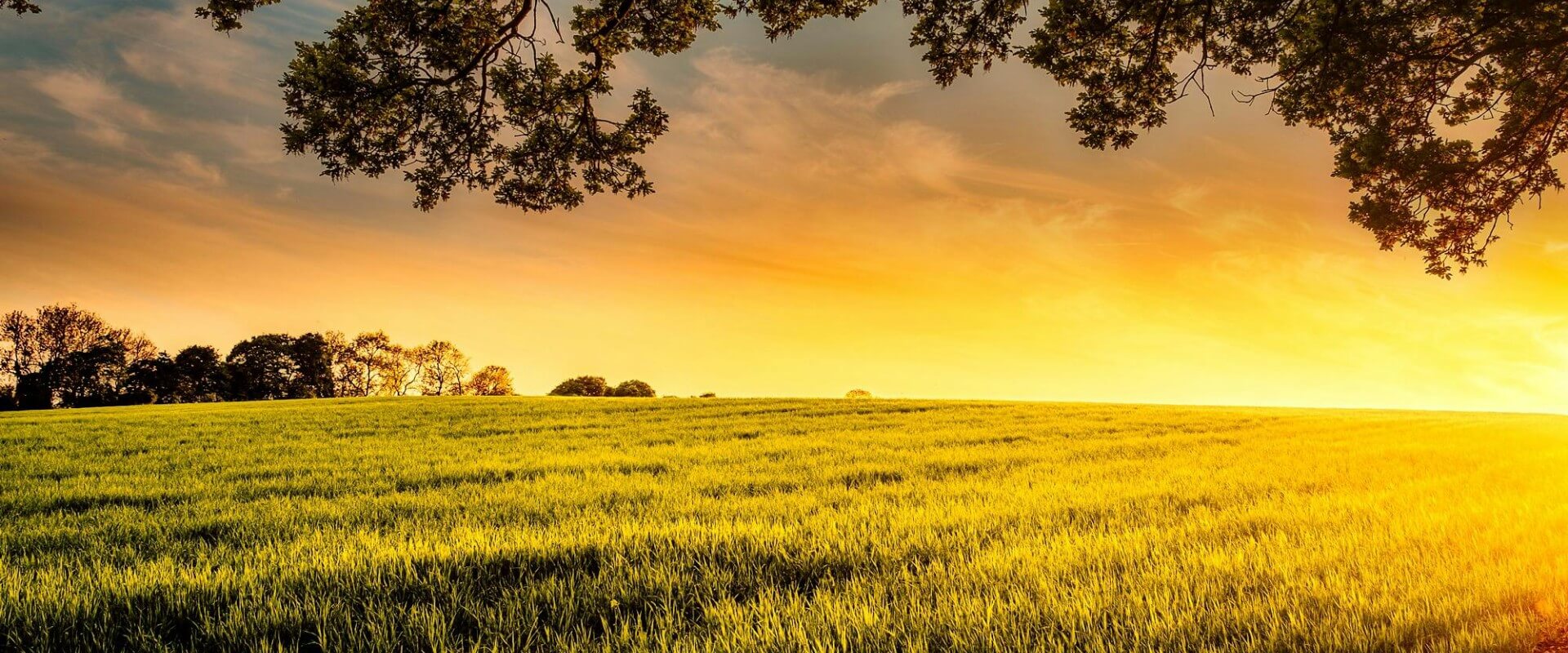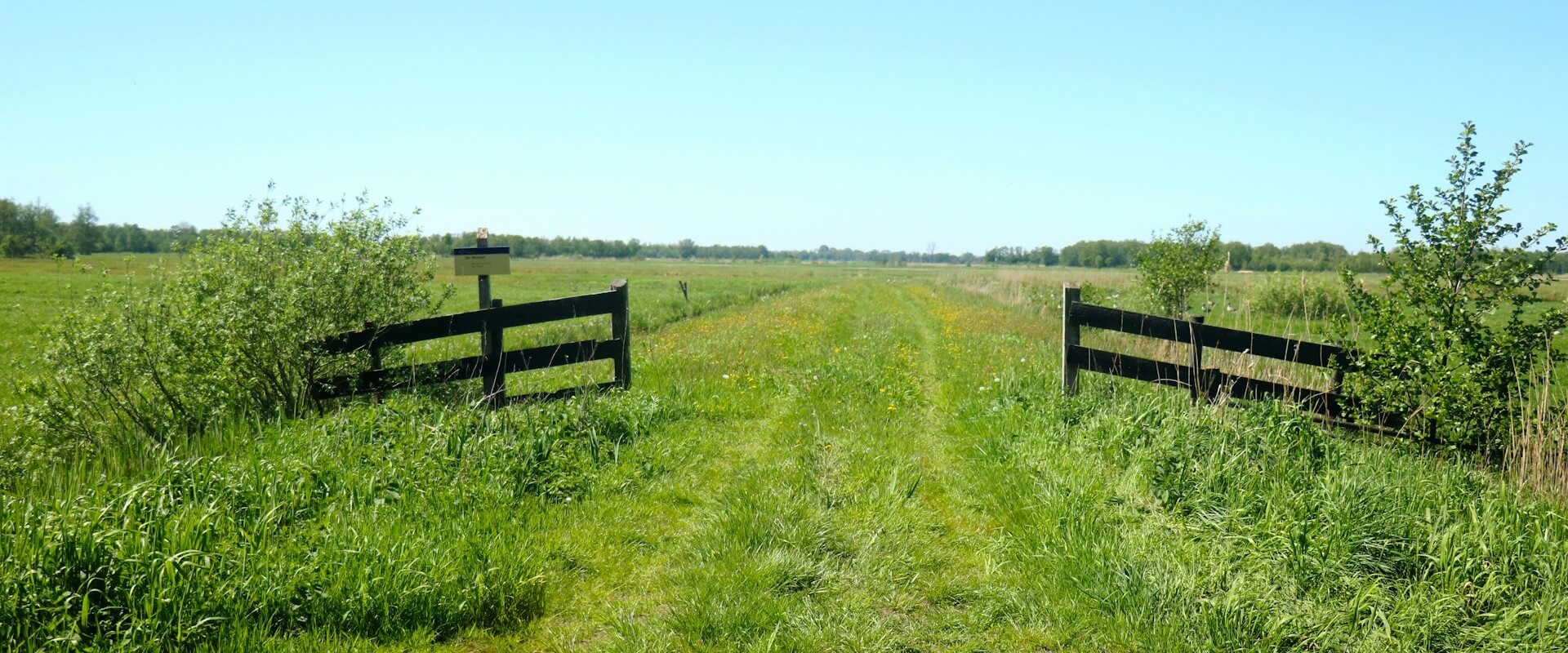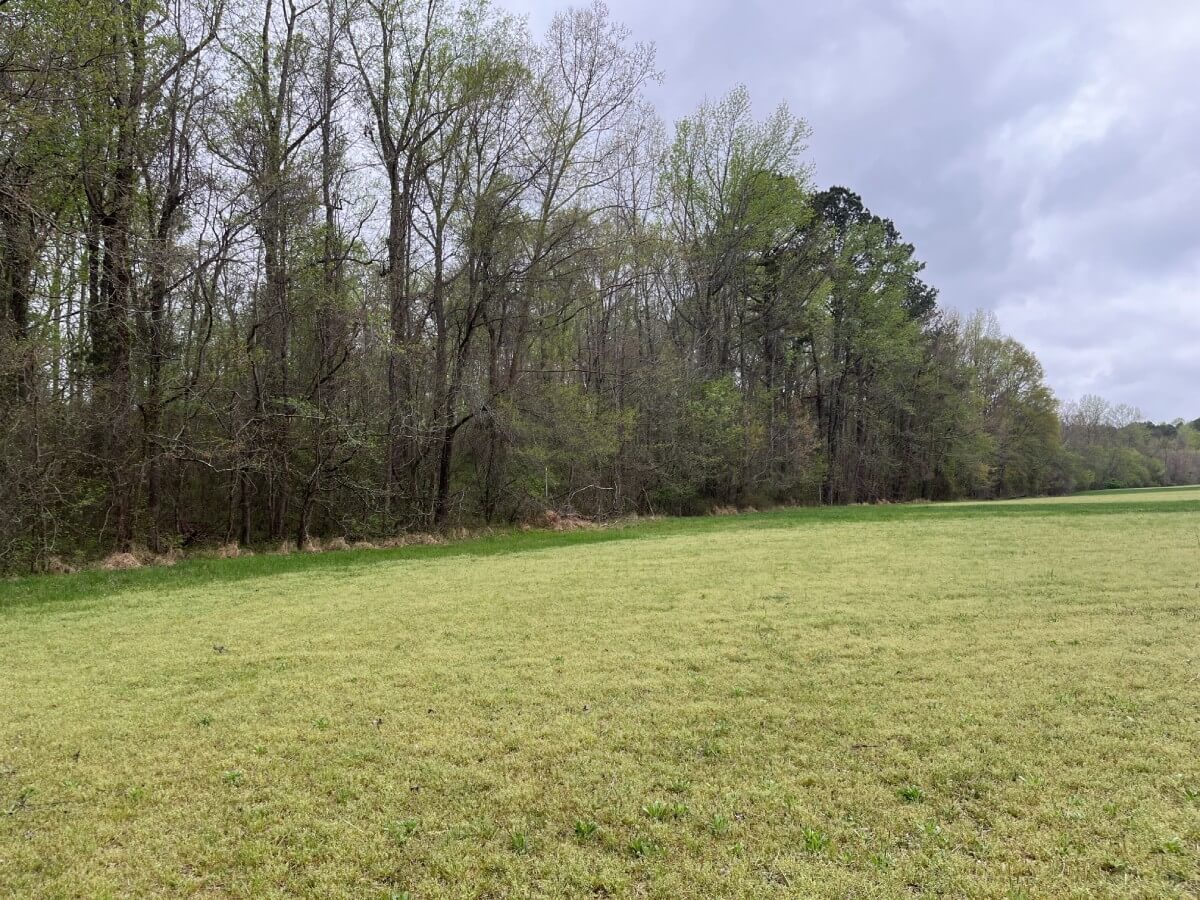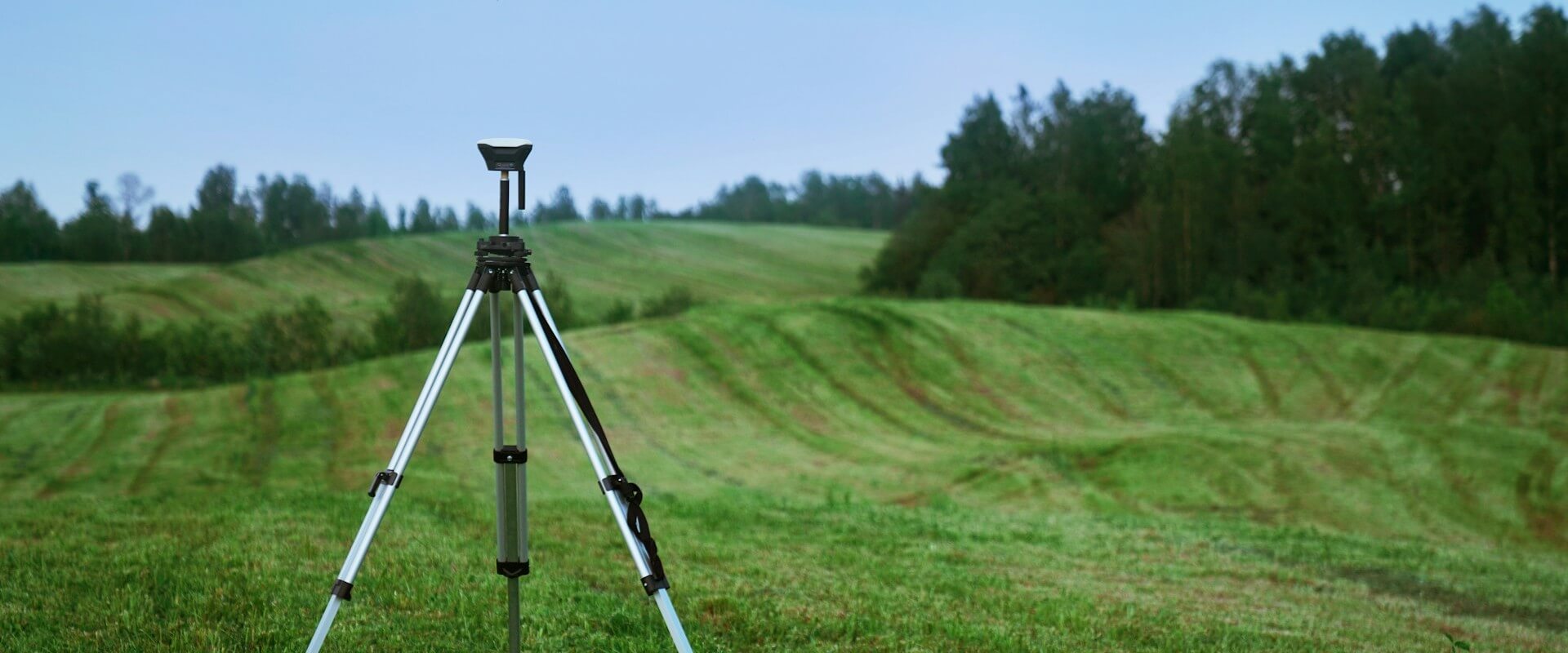In our previous post, we explored the history of the 1968 Wild and Scenic Rivers Act and how it was a landmark piece of legislation born from a movement to save our nation’s threatened waterways. We saw how visionaries like the Craighead brothers championed a new way of valuing rivers, focusing on their “Outstandingly Remarkable Values” (ORVs) and legally recognizing that a river’s worth is far greater than its economic potential for power, transport, or irrigation.
The law came at a time when the United States was seeing a major shift in its national conservation ethic. Also during the 1960s and 70s came the Clean Water Act, the Clean Air Act, the Environmental Protection Act, and the Endangered Species Act. Yet federal mandates and formal declarations are only the beginning of the story.
The real, on-the-ground work of stewardship requires continuous effort, and over the decades, the management of these special rivers has evolved. One of the most enduring and novel methods of protecting a Wild and Scenic River comes not from a top-down federal mandate, but from the people who call the river, or the areas around it, their home.
This is where one of the most effective and inspiring models of conservation comes into play: the Partnership Wild and Scenic Rivers (PWSRs).
A Collaborative Approach to Water Conservation
When the Wild and Scenic Rivers Act was originally written, management fell to federal agencies like the National Park Service and the U.S. Forest Service. While these agencies remain crucial stewards, amendments in the late 1970s opened the door for a more community-centric and highly effective approach: the PWSRs model.
The PWSR model’s success is no accident; it’s a practical application of Nobel Prize-winning research that turned the "tragedy of the commons" on its head. This work proved that instead of requiring strict top-down control, shared resources are often best protected when local communities are empowered to be their own sustainable stewards, creating the rules that work for their specific needs.
Empowering Local Governance
The PWSR model puts these principles into practice by providing local control over rivers and their valleys, avoiding the need for direct federal management or land acquisition. These efforts are often led by grassroots organizations that guide the river's oversight through an open and consensus-driven process, ensuring community values are at the forefront of every decision.
Adaptive and Flexible Management
This local leadership ensures that management plans are flexible and adaptable, something a one-size-fits-all top-down federal approach might miss. Using tools like Comprehensive River Management Plans (CRMPs), these locally steered partnerships can anticipate future needs, build strong community relationships, and adapt to evolving challenges like climate change.
A community-led partnership is more than just a different way to manage a river; it's an investment by the community itself. And like any sound investment, it yields returns that can extend beyond the river's banks.
Rivers Giving Back Tangible Value to Communities
A Wild and Scenic designation offers significant and lasting benefits for communities, from a stronger economy to a higher quality of life.
A Stronger Local Economy
For any community, the economic question is crucial. A 2017 academic review, "Wild and Scenic Rivers: An Economic Perspective," provides examples of tangible benefits:
- A Boost for Local Businesses: The review found that visitors seeking chances to enjoy nature, bring money into communities that are in close proximity to Wild and Scenic Rivers. On average, a community with a Wild and Scenic River could expect tourism to bring in around $200 per person, per trip. Most of this would be going to local businesses for things like food, lodging, and guide fees.
- Fueling the Local Economy: Tourism dollars create ripple effects that boost businesses and jobs across a community. For example, recreation on Oregon’s Rogue River (driven by rafting and fishing) is estimated to generate around $10 million annually for Josephine County’s total economic output.
Healthier, More Vibrant Communities
Apart from the economics, natural and wild rivers have the potential to directly enhance a community's quality of life in other ways. Spending time by the water can often feel good for the soul. Many people may feel this intuitively, but now a growing body of research is confirming it.
Studies consistently link time in nature to tangible benefits like reduced stress and lower blood pressure. More specifically, research focusing on “blue spaces” (outdoor environments with visible water) suggests that access to these areas can lead to long-term improvements in mental health and social well-being. Preserving a natural bluespace as a Wild and Scenic River is a powerful way to safeguard a vital public health asset for the next generation.
A Legacy of Culture and Stewardship
These waterways connect us to our shared cultural heritage. The Clearwater River, for instance, is intrinsically linked to the identity of the Nez Perce people, and its protection preserves that vital legacy. To carry this forward, a designation fosters a new generation of stewards through educational programs like the Wild Rivers Conservancy's "Rivers Are Alive," which connects students directly to their local ecosystems.
Bringing It All Home: Why the Partnership Model Matters
The very concept of a Wild and Scenic River's "Outstandingly Remarkable Values" is rooted in people. These values are not abstract ecological metrics; they are the cultural stories, recreational traditions, and the scenic beauty that has often been defined and cherished by the local community. This reality leads to a simple, powerful question: if a river’s value is so intrinsically tied to its people, shouldn't its stewardship be as well?
The Partnership model answers with a definitive "yes." By being built on the principle that the most effective conservation comes from the ground up, it empowers local stakeholders to steward the river they live with, while directly reaping the benefits that flow from it. This builds a true sense of local ownership while also creating a powerful feedback loop: a healthy river supporting a thriving community, and a thriving community supporting a healthy river.
Thinking ahead, this could be a blueprint for the future of conservation. In an era of shifting fiscal realities and constrained public budgets, the path forward lies in supporting these ground-up efforts. Empowering the people closest to our natural resources to lead their protection is the key to building a more resilient and sustainable legacy of stewardship for generations to come.
Learn More
For those who want to dive deeper, here are some of the excellent resources:
- The National Wild and Scenic Rivers System official website is the best place to start.
- The National Park Service’s website for Partnership Wild and Scenic Rivers
- American Rivers also offers great resources on Wild and Scenic Rivers.
At Unique Places to Save, we are committed to protecting the vital aquatic resources that are the lifeblood of our communities. If you believe in the importance of healthy, free-flowing rivers, please consider supporting our mission. Your donation helps us conserve the natural capital that sustains us all, while signing up for our newsletter keeps you updated on the ways we are working to conserve unique natural places across the nation.
About the Author
Sam Warnock brings in-depth experience with ecosystem services, natural capital accounting, and environmental regulations based on his time spent in the private environmental sector and his education. His experience stems from projects related to regulatory permitting, chemical analysis, and EPA compliance. He has overseen a broad range of projects across the globe with a focus on environmental sustainability.
Learn MoreWe are a trusted partner for river conservation projects to restore habitats to their natural state
Learn More

